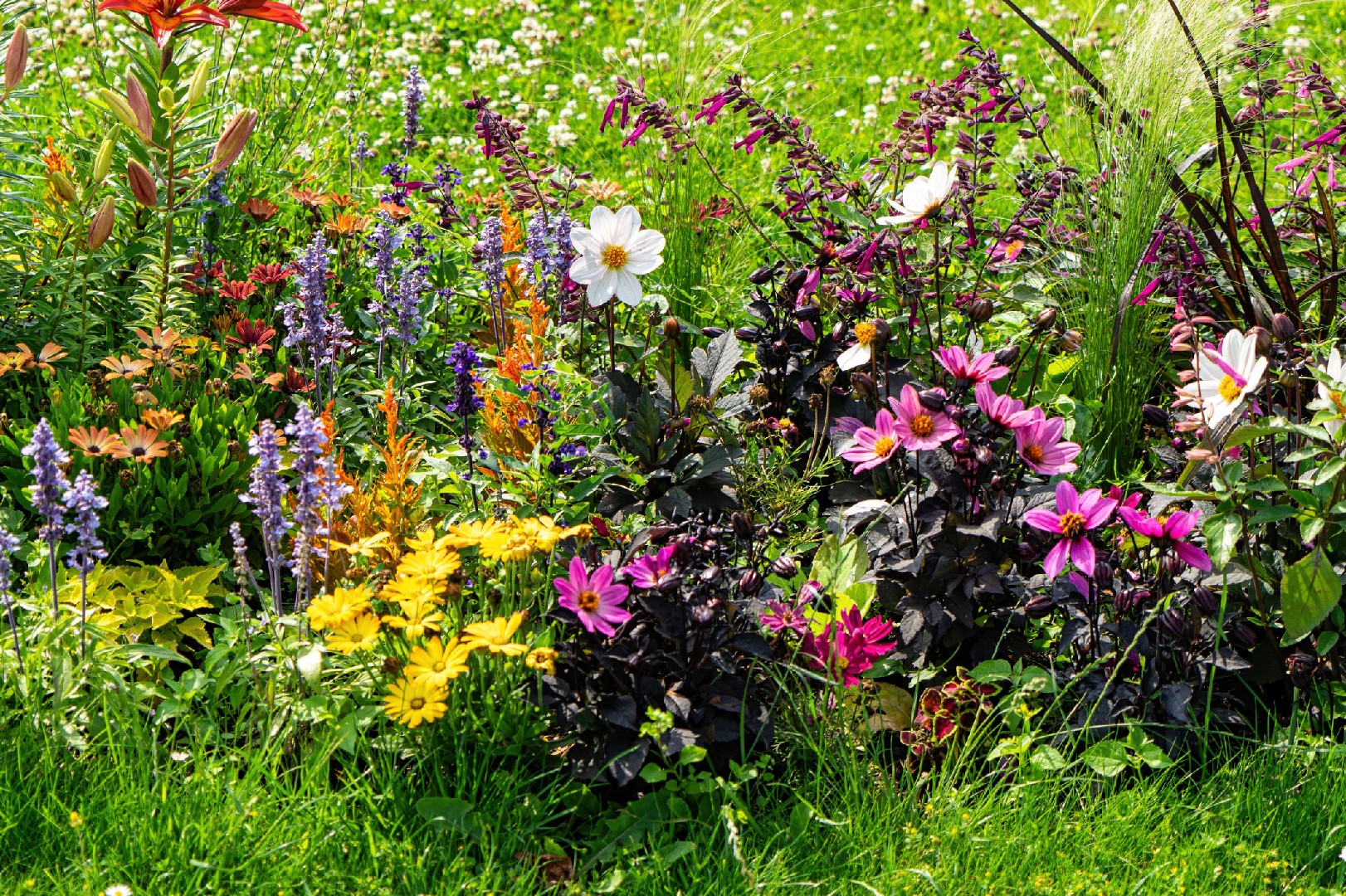![Rectangle]()
Comparing Lifecycles: How Do Perennials and Annuals Stack Up?
One of the key distinctions between perennials and annuals lies in their lifecycles. Understanding these differences can greatly influence your garden design decisions. Let's dive deeper into the comparison of lifecycles between perennials and annuals.
Perennials are known for their perpetual blooming, providing a consistent display of colors and textures throughout the year. Unlike annuals that complete their lifecycle within a single growing season, perennials have a lifespan that extends beyond one year. This extended lifespan is attributed to their ability to go dormant during harsh weather conditions, such as winter, and then revive when the conditions become favorable. This characteristic allows perennials to establish deep root systems and develop stronger plants over time.
In contrast, annuals have a lifecycle that spans one growing season only. These plants germinate from seeds, grow, bloom, set seeds, and ultimately die within a single year. This rapid lifecycle makes annuals an excellent choice for adding quick bursts of color to your garden. They are often used for filling in gaps between perennial plants and creating vibrant focal points. However, it's important to note that annuals require replanting each year, as they do not come back on their own.
When it comes to maintenance, perennials and annuals present different considerations. Perennials, with their long-lasting lifecycle, require less frequent replanting, making them a low-maintenance option once established. However, they may require occasional pruning and dividing to maintain their shape and prevent overcrowding. On the other hand, annuals need to be replanted every year, demanding more effort and attention but allowing for more flexibility in design.
Considering lifecycles in garden design can yield beautiful results. By integrating perennials and annuals strategically, you can create a garden that blends harmonious colors and achieves a succession of blooms throughout the seasons. Perennials provide a reliable backbone of enduring beauty, while annuals inject vibrant pops of temporary exuberance. This dynamic combination ensures that your garden remains visually appealing year after year.
To make the most of this design approach, choose perennials and annuals that complement each other in terms of bloom time. Select perennials with different flowering periods to create a continuous sequence of blooms. Combine them with annuals that have similar bloom times to enhance the visual impact during specific parts of the year. This way, your garden will have something captivating to offer during every season.
Understanding the differences in lifecycles between perennials and annuals is an essential aspect of garden planning. By harnessing the unique characteristics of each, you can design a garden that delights the eye and captures the essence of ever-changing nature. Remember to consider maintenance requirements, blending colors, succession of blooms, and seasonal interests when creating your garden design. With these insights and thoughtful execution, you can create an enchanting garden that brings joy and beauty year after year.





